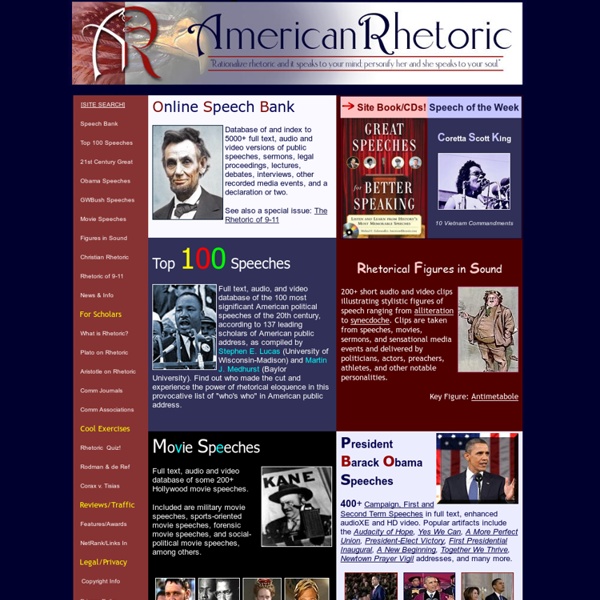



Throw Away Your APA Manual and Use Word Instead As a grad student I am constantly writing papers for pretty much all of my classes, as such I have developed a distaste for anything related to APA or MLA. Fortunately, I recently stumbled on Word’s ability to keep track of citations, most importantly the ability to correctly format those citations throughout a paper, and finally the creation of a correctly formatted Works Cited page. The discovery sure made my day, so I decided to post it here along with instructions on how to use this awesome feature. The guide below will walk you through the process of creating citations, managing your citations, and generating your Works Cited page. If you have any comments or questions, please post them below. Software/Hardware Used: Word 2010 running on Windows 7, but these instructions apply to Word 2007 as well. Setup References 1. 2. Unless you have already compiled a list of references in Word, you will first need to add a source before you can use it. 3. Manage Your Sources 1.
Incoming Links Development Guide and Directory Strange Services Information Important Information Before posting your question in the comments below, see if your question has been addressed in the FAQ!All of the following services are “Strange” with Windows XP. Table Header Information Display Name ~ Is how it is displayed in the Services Control Panel.Service Name ~ Is what the service is called.Process Name ~ Name of Process running in the background (displayed in Task Manager).Dependencies ~ What this service needs to run.Need it? These are not really “Services,” but are applications or processes running at different times Most may be disabled using “msconfig.” csrss.exe: This is “Client Server Runtime Process” is part of the core of Windows. ctfmon.exe: This is your “Language Bar.” CTHELPER.EXE: This is installed with the SoundBlaster Audigy2 drivers. CTDVDDET.exe: This is also installed with the SoundBlaster Audigy2 drivers. CTSysVol.exe: Yet another that is installed with the SoundBlaster Audigy2 Card. explorer.exe: This is NOT related to Internet Explorer.
Divorce, Child Custody, Child Support, Marriage, Adoption - FindLaw Family Law Center UpSnap Search Abbreviations and acronyms dictionary: Find definitions for over 4,219,000 abbreviations, acronyms, and initialisms The Gentleman's Page RomeReborn1.0 How Everyday Things are Made The World Factbook People from nearly every country share information with CIA, and new individuals contact us daily. If you have information you think might interest CIA due to our foreign intelligence collection mission, there are many ways to reach us. If you know of an imminent threat to a location inside the U.S., immediately contact your local law enforcement or FBI Field Office. For threats outside the U.S., contact CIA or go to a U.S. Embassy or Consulate and ask for the information to be passed to a U.S. official. In addition to the options below, individuals contact CIA in a variety of creative ways. If you feel it is safe, consider providing these details with your submission: Your full name Biographic details, such as a photograph of yourself, and a copy of the biographic page of your passport How you got the information you want to share with CIA How to contact you, including your home address and phone number We cannot guarantee a response to every message. Internet: Send a message here.
Buy the Visual Thesaurus The Visual Thesaurus is an interactive dictionary and thesaurus that allows you to discover the connections between words in a visually captivating display. With a subscription you will also get access to the Spelling Bee, VocabGrabber, and Online Magazine. 14 day risk-free trial! Visual Thesaurus Unlike a paper-bound book, the Visual Thesaurus is fluid and dynamic, like the way you think. Subscribe Now Spelling Bee The Visual Thesaurus Spelling Bee will sharpen your spelling skills and expand your vocabulary. VocabGrabber Take any text and Vocabgrabber will instantly pull out the most useful vocabulary words and show you how those words are used in context. Online Magazine The Visual Thesaurus magazine is a feast for language lovers, with informative features written by experts in fields ranging from word origins to copywriting. With a subscription to the Visual Thesaurus, you can: Find the right word and explore The Visual Thesaurus has over 150,000 words and 120,000 meanings. - New York Times
Chicago Manual of Style - Q&A Q. During the past few years, many people have developed the habit of beginning a sentence with the word so, typically when they are responding to a question. This includes politicians, talking heads on television, and others who one might think are “learned” individuals. My view is that the use of the initial so in a sentence is both unnecessary and annoying. Any thoughts? A. Q. A. Q. A. Can I lift six times my weight? May I take your plate? This use of may is dying, however. Q. A. Q. A. We went to see Bengals coach Paul Brown. We went to see the Bengals coach (Paul Brown). We went to see the Bengals coach, Paul Brown. See CMOS 5.21 and 6.22–24 for more on restriction and commas. Q. A. Q. A. Q. A. Q. A. Q. A. Q. A. August Q&A Q. A. Q. A. Q. A. Q. A. Q. A. Q. A. Q. Q. A. Q. A. Q. A.